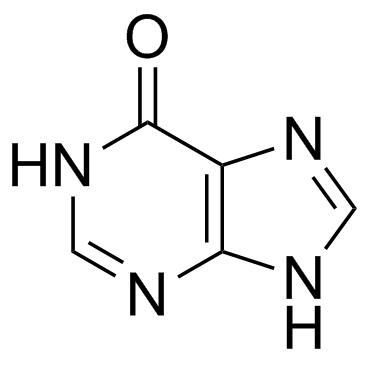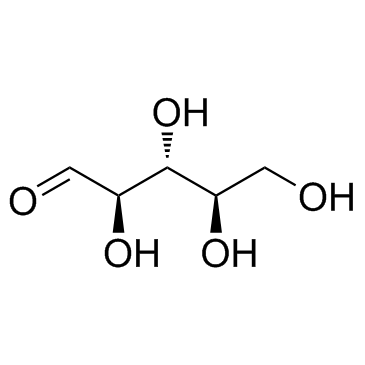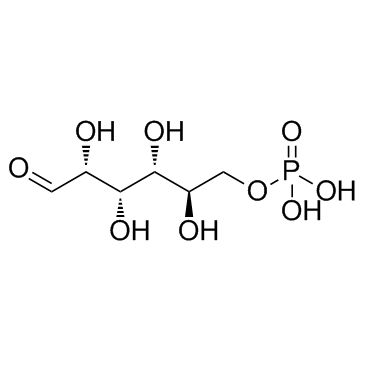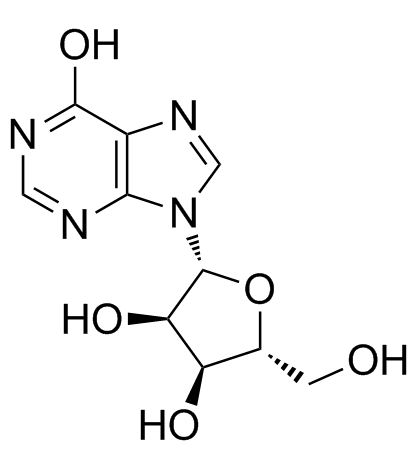| Structure | Name/CAS No. | Articles |
|---|---|---|
 |
Hypoxanthine
CAS:68-94-0 |
|
 |
D-Ribose
CAS:50-69-1 |
|
![[5-O-Phosphono-κ2O,O'pentofuranosato(2-)]barium Structure](https://image.chemsrc.com/caspic/475/15673-79-7.png) |
[5-O-Phosphono-κ2O,O'pentofuranosato(2-)]barium
CAS:15673-79-7 |
|
 |
D-Glucose 6-Phosphate
CAS:56-73-5 |
|
 |
Inosine
CAS:58-63-9 |